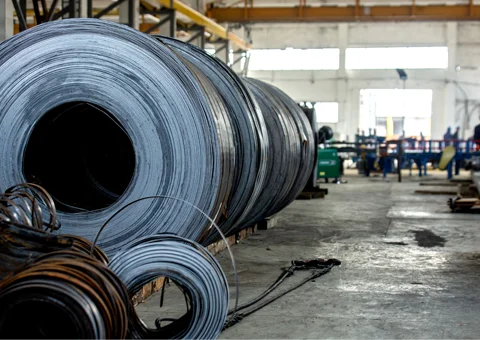The United States on Wednesday unveiled stricter rules on steel and aluminum imports in coordination with Mexico as part of an effort to prevent Chinese-made goods from circumventing tariffs.
According to the new rules outlined by White House officials, steel arriving from Mexico can qualify for duty-free benefits only if it is melted and poured in Mexico, the United States or Canada.
Aluminum goods imported from Mexico must not contain primary aluminum that is smelt or cast in China, Russia, Belarus or Iran.
"These actions fix a major loophole that the previous administration failed to address, and that countries like China use to avoid U.S. tariffs by shipping their products through Mexico," White House national economic adviser Lael Brainard told reporters.
Steel imports that fail to meet these standards will face a 25% tariff, and aluminum imports will face a 10% tariff.
According to a White House statement, Mexico is requiring importers to provide information on product origins. The rules are part of long-running Biden administration efforts to prevent China's excess industrial capacity from appearing at unfairly priced rates in other markets.
"Both countries will implement policies to jointly prevent tariff evasion on steel and aluminum and strengthen North American steel and aluminum supply chains," said Biden and Mexican President Andres Manuel Lopez Obrador in a joint statement released by the White House.
"The China 'overcapacity' theory is in essence a political tool used by the U.S. to discredit and suppress the Chinese economy," Liu Pengyu, spokesperson for the Chinese Embassy in Washington, told VOA by email.
"What is behind it is deglobalization and trade protectionism, which will hinder global trade and undermine the common interests of all countries." According to U.S. Census Bureau data, only about 13% of the 3.8 million tons of steel imported from Mexico originated elsewhere.
Biden is seeking votes from union members, particularly United Steelworkers, in the upcoming U.S. presidential election.
The United States also increased tariffs in May on Chinese import sectors, including electric vehicles and semiconductors.
Some of the tariffs were seen as pre-emptive, with few imports being brought into U.S. markets.

